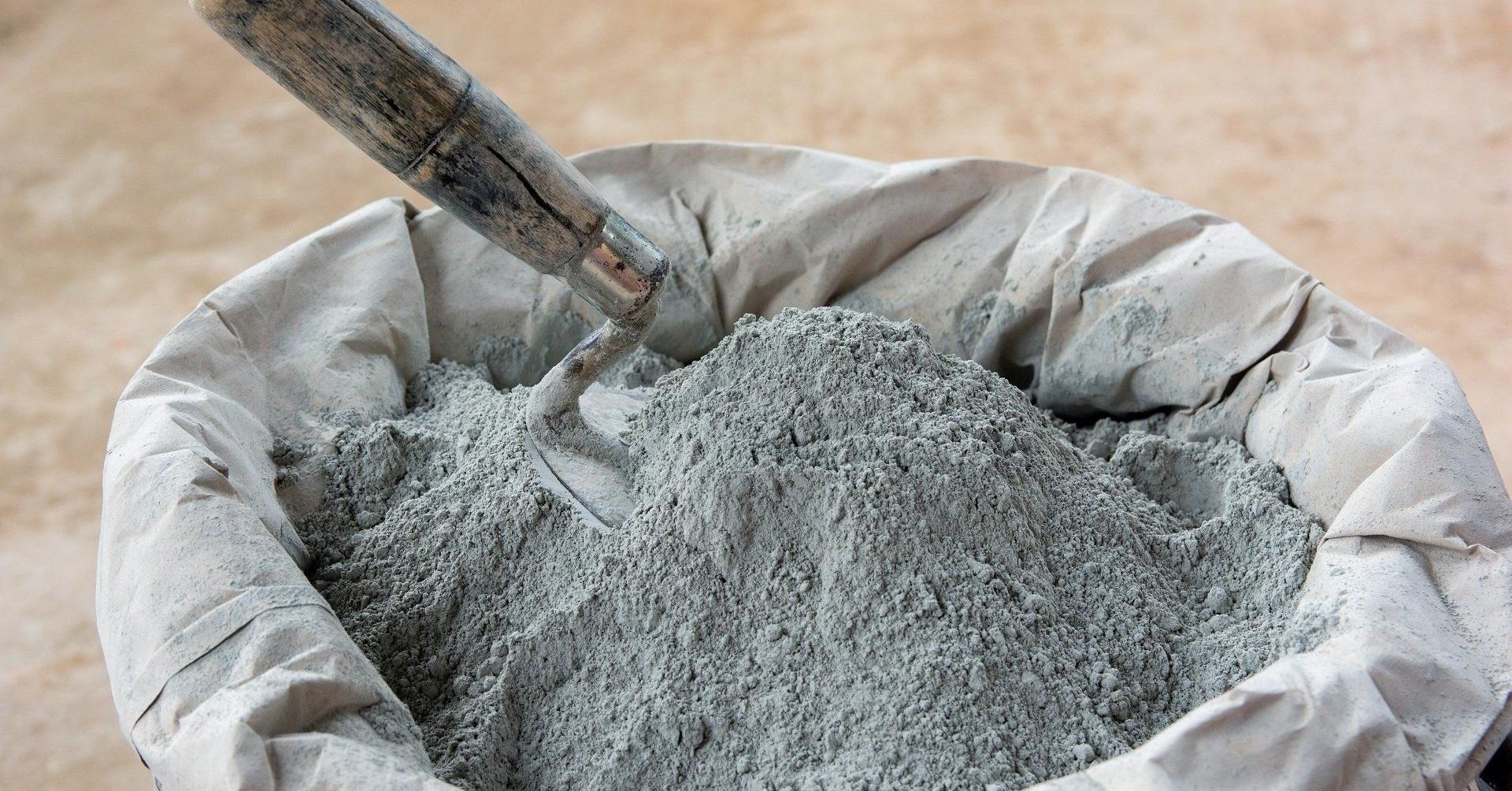Are you curious to know what is fineness of cement? You have come to the right place as I am going to tell you everything about fineness of cement in a very simple explanation. Without further discussion let’s begin to know what is fineness of cement?
Concrete, the backbone of modern construction, relies on a delicate balance of components to achieve strength, durability, and versatility. One crucial factor that significantly influences the performance of concrete is the fineness of its key ingredient: cement. In the intricate world of construction materials, understanding the concept of fineness in cement is akin to unlocking a secret code that shapes the very foundation of our structures.
What Is Fineness Of Cement?
Fineness, in the context of cement, refers to the particle size of the finely ground powders that make up this vital building material. Essentially, it measures the extent to which cement clinker is ground into fine powder. The fineness of cement is typically expressed as the specific surface area, often measured in square centimeters per gram (cm²/g).
Why Fineness Matters:
The fineness of cement holds paramount importance in determining various properties of concrete. Here are a few reasons why it matters:
- Setting Time: Finer particles of cement generally lead to a faster setting time. This can be advantageous in construction projects where a rapid setting of concrete is desired, but it requires careful consideration to avoid complications.
- Strength Development: The fineness of cement influences the rate at which concrete gains strength. Finer particles facilitate a more efficient hydration process, resulting in enhanced strength development over time.
- Workability: Finer cement particles contribute to improved workability, making it easier to mix and handle during construction. This is particularly crucial for achieving the desired consistency in various construction applications.
- Heat of Hydration: The fineness of cement also affects the heat generated during the hydration process. While finer particles generally produce more heat, the rate and total heat depend on various factors, including the chemical composition of the cement.
Testing Fineness:
To assess the fineness of cement, the specific surface area is determined through methods like the Blaine air permeability test or the Wagner turbidimeter. These tests provide quantitative measurements that help ensure the cement meets specified standards and requirements for a given construction project.
Industry Standards:
International standards, such as those set by organizations like ASTM International and the European Committee for Standardization (CEN), outline the acceptable limits for cement fineness. Adhering to these standards ensures that the cement used in construction projects meets the necessary quality and performance criteria.
Conclusion:
In the intricate dance of construction materials, the fineness of cement takes center stage, influencing the very essence of concrete’s properties. As we continue to push the boundaries of architectural innovation and engineering excellence, a nuanced understanding of cement fineness becomes essential. It is a dynamic factor that demands careful consideration and precision, ensuring that the structures we build stand strong and resilient against the test of time. So, the next time you marvel at a towering skyscraper or a beautifully crafted bridge, remember that the fineness of cement played a crucial role in laying the groundwork for such marvels of human ingenuity.
FAQ
What Does Fineness Of Cement Means?
The fineness of cement is a measurement of the size of the cement particles and is represented in terms of the cement’s specific surface area. The fineness test of cement involves passing samples of cement through a standard IS sieve. This is how the test is performed.
What Is Fineness Unit For Cement?
The fineness of cement is represented as cm2 / gram i.e Area/mass. The fineness of cement is measured by sieving it on the standard sieve. The proportion of cement of which the grain sizes are larger than the specified mesh size is thus determined.
What Is Fineness Index Of Cement?
The Fineness Modulus Test of Cement is done by sieving cement samples through standard IS sieve (90µm IS Sieve). The weight of cement particles whose size is greater than 90 microns is determined and the percentage of retained cement particles are calculated. This is known as the Fineness Modulus of Cement.
What Is The Fineness Residue Of Cement?
In sieve test, the cement weighing 100 gm is taken and it is continuously passed for 15 mins through standard BIS sieve no. 9. The residue is then weighed and this weight should not be more than 10% of original weight for OPC.
I Have Covered All The Following Queries And Topics In The Above Article
What Is The Fineness Of Cement
What Is Fineness Test Of Cement
What Is Meant By Fineness Of Cement
What Is Fineness Modulus Of Cement
What Is Fineness Of Cement Pdf
What Is Fineness Of Cement Lab Report
What Is Fineness Of Cement Formula
What Is Fineness Test Of Cement
Standard Value Of Fineness Of Cement
Why Fineness Test Of Cement Is Done
Fineness Of Cement Test Apparatus
Fineness Of Cement Conclusion
What Is Fineness Of Cement
What is meant by the fineness of cement

